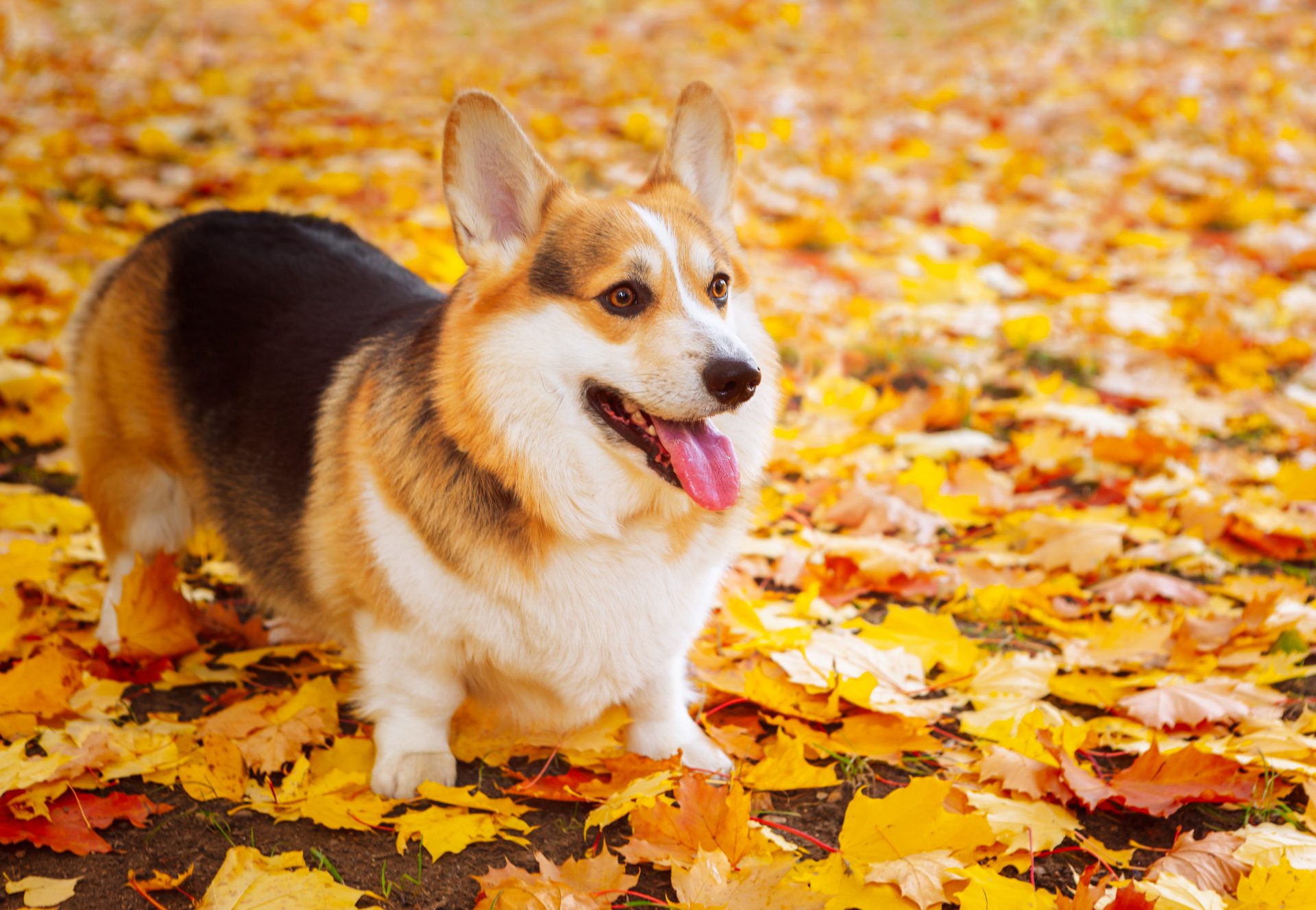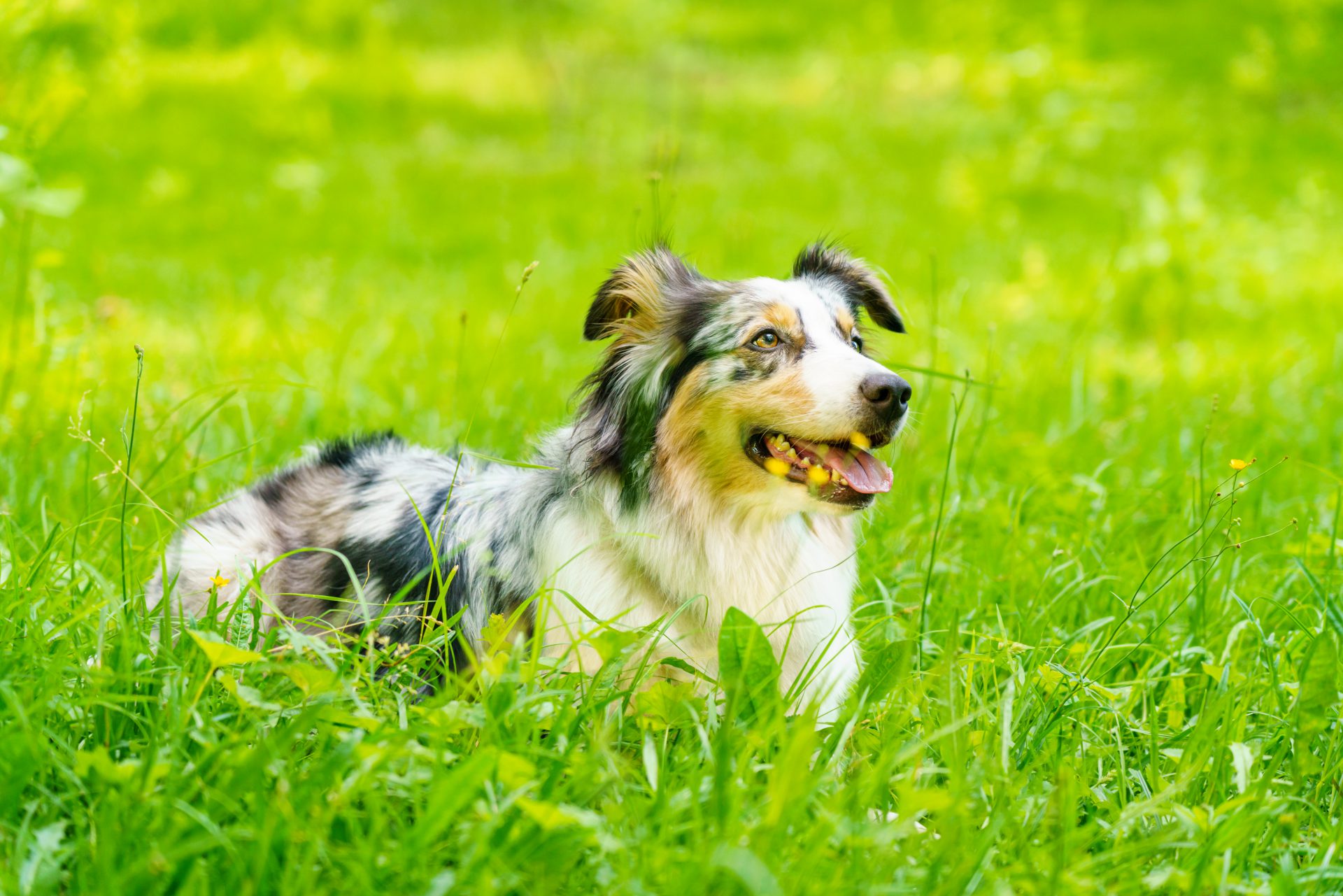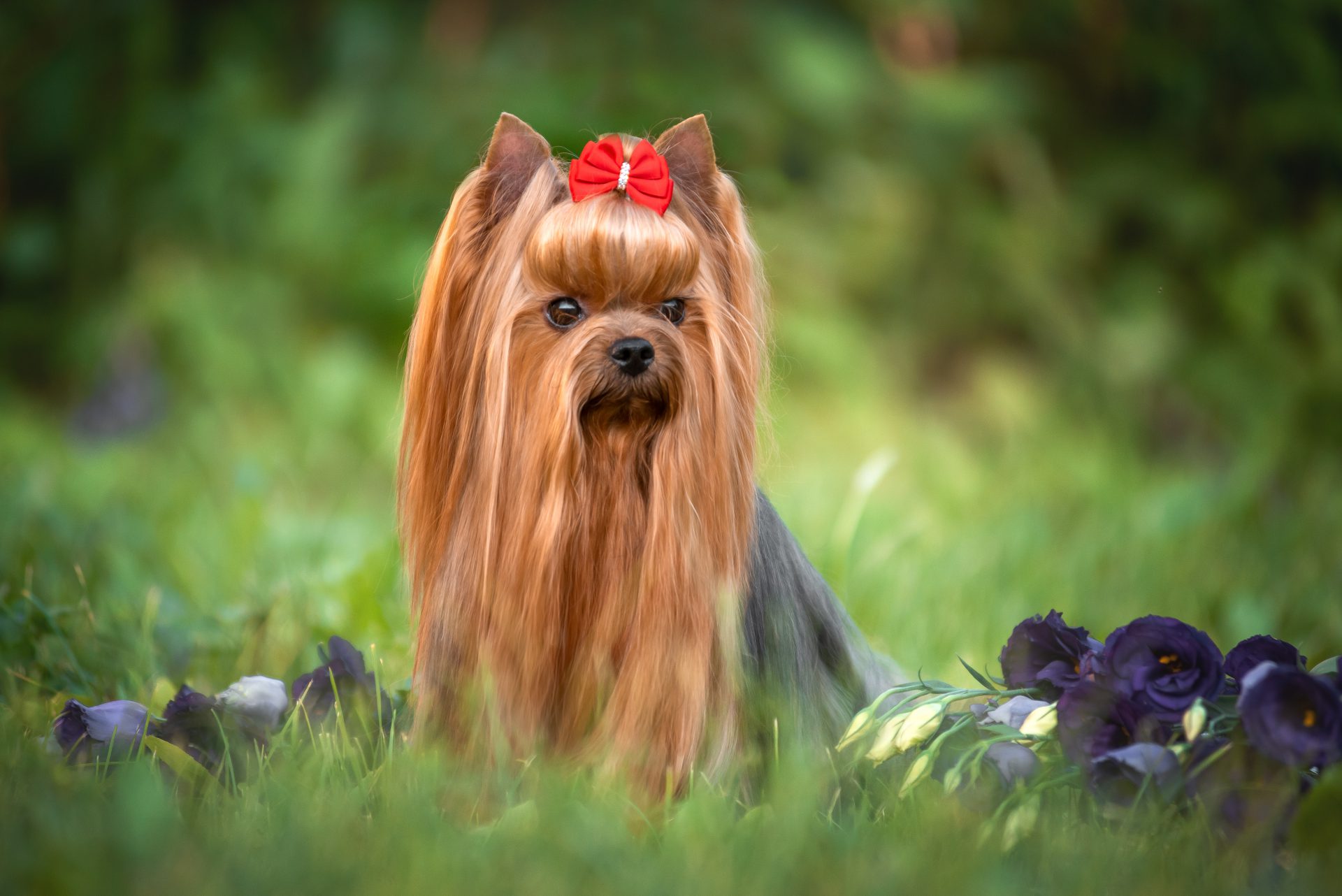Appearance
According to the FCI, Welsh corgi pembroke belongs to the group of shepherd dogs of the dachshund type and is not subject to working tests (group I, section 1, pattern 39). Increasingly, he is seen as a companion dog. The word "corgi" comes from the Celtic language and means a dwarf. Welsh corgi pembroke is a very recognizable quadruped. It is enough to associate this fox face with protruding ears with its strong and long body and short legs. Then pair it all up with a lush coat around your pooch's shoulders and buttocks.
Pembroke Welsh Corgi are small and hardy dogs: they only reach a height of 25-30 cm and weigh between 11 and 12 kg.
Suggested sizes and widths of accessories for this breed of dog:
Here are the suggested sizes for adult dogs of this breed. They were selected on the basis of many years of experience in sewing accessories and the most common choices of other dog owners of this breed. Remember, only measuring will give you 100% certainty - every dog is different.
Pembroke corgi have a moderately thick coat that protects them from extreme weather conditions. But they are domestic dogs who like lounging on the couch, and they also love to hike and long walks. Their medium-length double coat comes in four standard colors: black and tan, fawn, red or sable - usually with white markings on the legs, chest, neck, muzzle and belly. They may also have a narrow blaze on their head. Pembroke Welsh Corgi's eyes are oval and dark in color, and the head and ears are fox-shaped.
While some pembroke Welsh Corgi are born with naturally curled tails, most are trimmed when puppies are two to five days old. The breed standard requires a tail that is as short as possible, however clipping it is a controversial practice and has no proven health benefits for the animal.
Welsh Corgi Pembroke - the history of the breed
Hailing from Pembrokeshire, Wales, Corgi are charming quadrupeds whose origins are linked to local legends. According to Welsh legend, they emerged from the lairs of fairies that used them to pull carriages and sometimes ride during battle. As proof that these dogs were indeed fairy mounts, the parents pointed to the marks on the back and shoulders of the quadruped where the "fairy" saddle was placed.
However, according to cynological research, the Pembroke Welsh Corgi is descended from a Nordic Spitz and dates back to 1100, when he arrived in Wales with the Vikings. Over time, thrifty Welsh farmers bred a versatile dog that suited their needs. He was strong and tough enough to be able to supervise a herd of cows or sheep. Corgi's short legs are built so as not to interfere with the animals' hooves. He also had to be fast enough to catch a rat.
Versatile, hardy, and friendly dogs were bred in this way. The Welsh pembroke corgi breed was officially recognized in England in the 1933s, and in the USA in the 30s. These dogs also gained popularity at the court of Queen Elizabeth II, who acquired her first corgi in XNUMX. Since then, the monarch has owned more than XNUMX dogs of this breed.
Character.
In the community of cynologists, it is customary to say about the pembroke Welsh Corgi that they are "large dogs in a small package". They are extremely intelligent, kind and stubborn dogs. These dogs have a great sense of humor and love their toys. They also love constant contact with the guardian and household members.
Welsh Corgi at home
Pembroke Welsh Corgi are loyal and watchful and devotedly care for their family members. Corgi tend to bark, especially when they want to notify their loved ones about the imminent danger. And this may apply to everything that they consider suspicious: from the courier and postman, ending with a squirrel or a cat from the neighborhood. They make some kind of good home alarm systems.
Pembroke Welsh Corgi were bred to help herders graze their cattle. At the same time, they were gentle enough to look after the farmers' children or the hens that ran around in the yard. Such roots of the Welsh corgi have made them now great caregivers for children and seniors. Pembroke corgi dogs love children, although due to their herding instincts, they sometimes tend to pinch a child's calves or ankles. However, they are eager learners and can be trained to eliminate this behavior. Since pembroke Welsh Corgi are generally wary of other animals, they are best kept in pairs.
Life needs
The Welsh Corgi is an active breed that is perfect for a home with access to a fenced yard. Welsh corgi pembroke need regular exercise to stay physically and mentally fit. However, due to his short legs, cycling is not his domain. Although pembroke Welsh Corgi like to splash in a puddle, physiologically it is not necessarily made for swimming. And although they are not perfect swimmers, they can swim in safe shallow waters without any problems.
Welsh Corgi Pembroke and their health
Healthy Welsh Pembroke Corgi dogs live an average of 12 - 13 years. Some can gain weight, so it's important not to overfeed them and to make sure they're getting plenty of exercise. Pembroke Welsh Corgi are believed to be a healthy breed, although, according to cynologists, they are prone to genetic diseases. The most common of these is Degenerative Myelopathy (DM), which causes degeneration of the spinal cord in older dogs (around age 11). The disease is not painful, but over time turns into paraplegia (paralysis and paralysis of the limbs). In addition, pembroke corgi can struggle with hip and elbow dysplasia, retinal atrophy, and hypothyroidism.
Care
Owners have to pay a lot of attention to their care due to the thick, weather-resistant hair. The pet sheds a double layer of casing practically all year round. Frequent brushing helps to remove excess oil and keep it in good condition. Intensive molting is to be expected in spring and autumn. During these periods, you should brush the hair daily. Cleaning the ears and caring for the teeth is a good idea for regular care treatments.
Maybe you'll like it:



